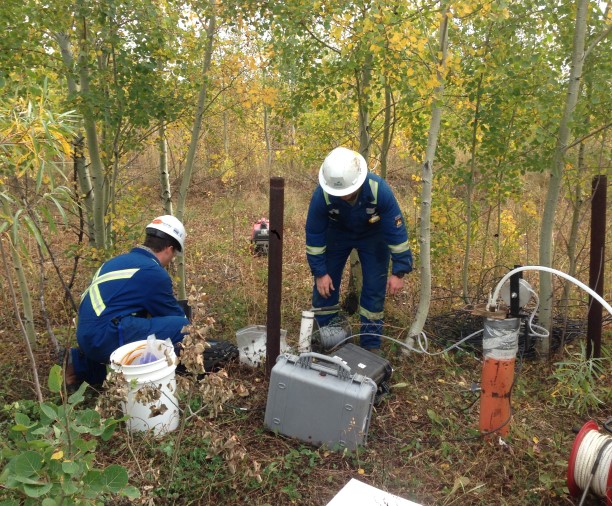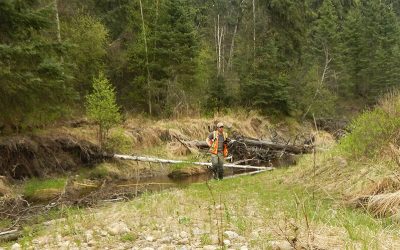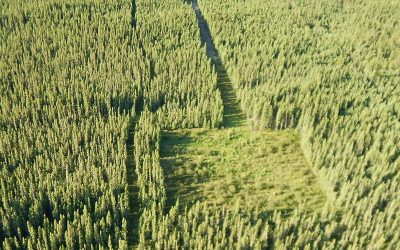Risk Assessment & Management
At Matrix, we work with stakeholders to develop effective and pragmatic site-specific risk assessments (SSRAs) and/or risk management plans (RMPs). Our approaches ensure we address and identify expected risks, outcomes, costs, and time frames. Whether it is using innovative methods, or tried and true practices, we work with stakeholders to reduce or eliminate environmental liabilities, with consideration for sustainability.
Matrix’s multi-disciplinary team applies various approaches for managing and evaluating impacted sites beyond generic or Tier 2 adjusted numeric guidelines, including the following:
- Site-specific risk assessment and risk management –Matrix has been involved with hundreds of SSRAs and RMPs throughout Canada
- The Matrix salinity screening tool provides a clear project progression to reach end goals for salinity‑impacted sites, while reducing liability. The tool develops a meaningful approach for salinity‑impacted site management and evaluates numerous parameters.
- The proprietary Matrix Tier 2 guideline modification tool is used to efficiently modify Tier 1 and Tier 2 Soil and Groundwater Remediation Guidelines in Alberta and Saskatchewan.


Matrix’s multi-disciplinary team applies various approaches for managing and evaluating impacted sites beyond generic or Tier 2 adjusted numeric guidelines, including the following:
- Site-specific risk assessment and risk management –Matrix has been involved with hundreds of SSRAs and RMPs throughout Canada
- The Matrix salinity screening tool provides a clear project progression to reach end goals for salinity‑impacted sites, while reducing liability. The tool develops a meaningful approach for salinity‑impacted site management and evaluates numerous parameters.
- The proprietary Matrix Tier 2 guideline modification tool is used to efficiently modify Tier 1 and Tier 2 Soil and Groundwater Remediation Guidelines in Alberta and Saskatchewan.

Matrix has a strong in-house numerical groundwater modelling team that uses regional and site‑specific data to forecast future concentrations of contaminants at receptors of concern, such as freshwater aquatic life and domestic use aquifers. Matrix personnel have experience characterizing risks posed by contaminated soil/water and developing remediation action plans (RAPs) and/or RMPs to protect human and ecological receptors. We also have staff trained and well versed in the use of the Subsoil Salinity Tool (SST).
Risk Assessment and Risk Management
Services Include:
- Formal conceptual site models (CSMs)
- Risk management plans
- Contaminant fate and transport modelling
- Site-specific risk assessments
- Human health and ecological risk assessments (HHERAs)
- Subsoil Salinity Tool (SST) assessments
- Stakeholder and regulatory engagement and reporting
Risk Assessment and Risk Management
Services Include:
- Formal conceptual site models (CSMs)
- Risk management plans
- Contaminant fate and transport modelling
- Site-specific risk assessments
- Human health and ecological risk assessments (HHERAs)
- Subsoil Salinity Tool (SST) assessments
- Stakeholder and regulatory engagement and reporting


